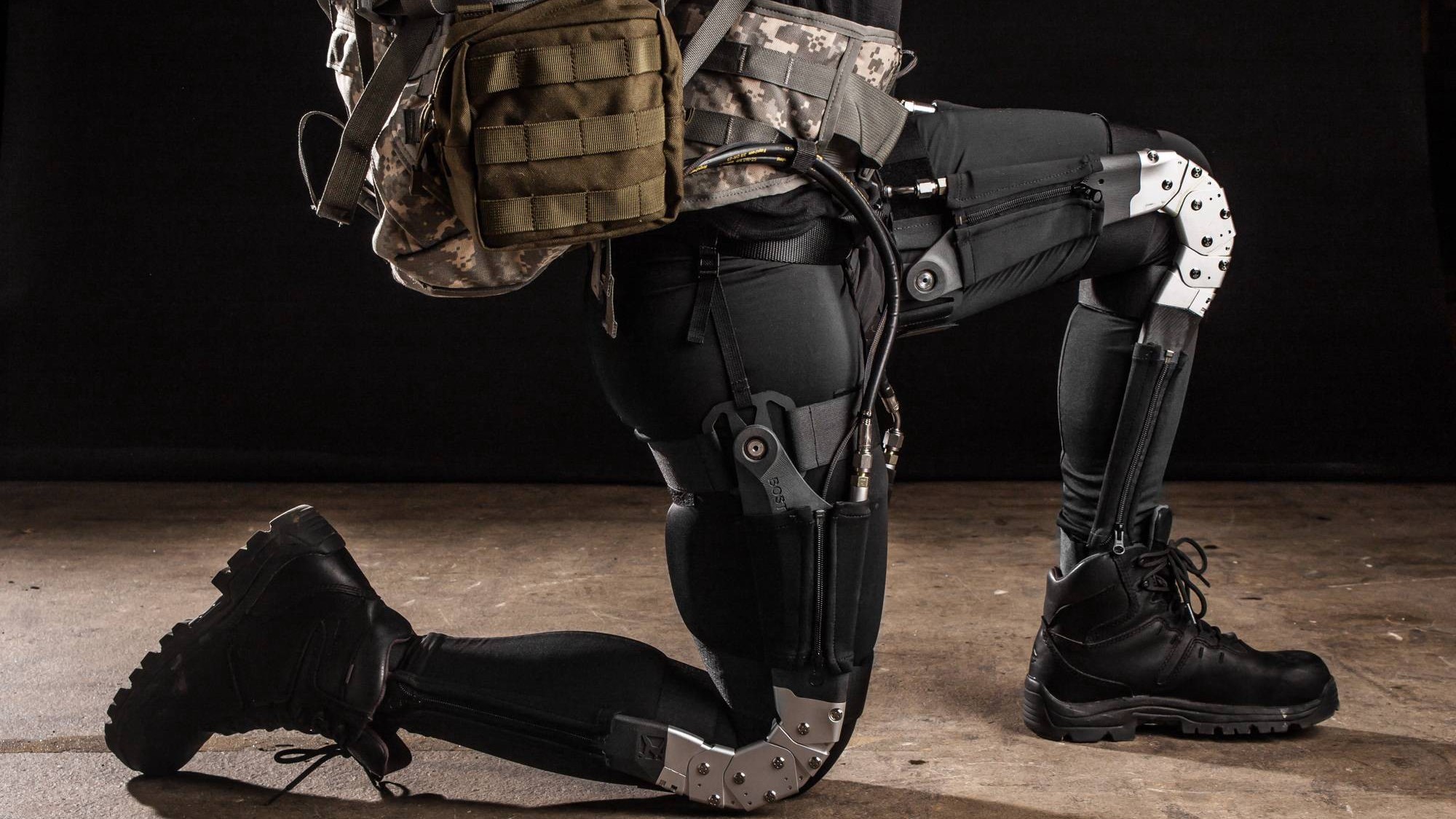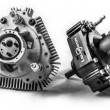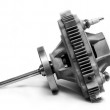The US Military Exoskeleton Suits Will Be Powered By Tiny Rotary Engines
The US is currently working to make exoskeletons suits for their military. The exoskeletons will not only provide added protection but will also bring come inherent grunt and muscle thanks to the small engines powering the suits. The following technologies are being developed for the potential armor suits:
- Body suit-type exoskeletons
- Strength and power-increasing systems
- Additional protection
Also Read: US Asks Toyota How ISIS Is Getting Their Vehicles!
A US company called Liquid Piston is developing small rotary engines to power up the suits. The engine will operate on High-Efficiency Hybrid Cycle (HEHC). HEHC means the engine will have a high compression ratio, constant-volume (isochoric) combustion, and overexpansion. According to a report, the HEHC rotary engine has potential indicated efficiency of 60% and brake efficiency of over 50%. The engine is going to compact, lightweight, low vibration, quiet, and fuel-efficient. But bear in the mind the engines will only be used to recharge the batteries of the suit.
And for protection, the exoskeletons suits will be laced with what is known as liquid armor. Currently, Massachusetts Institute of Technology is working on liquid armor in conjunction with a technology company in Poland. The liquid is named Shear-Thickening Fluid. When a magnetic field or electrical current is applied to the liquid armor, STF transforms from liquid to solid in milliseconds. STF can provide protection from high-velocity projectiles as well energy released from explosions in the proximity. When the liquid hardens on impact (it can take shells hitting at the velocity of 450 meters per second and higher), the surface disperses the energy while protecting the occupant of the suit.
Welcome to the future of modern warfare inspired by movies and videogames!
Only a reference video – not related to above mentioned liquid armor.




